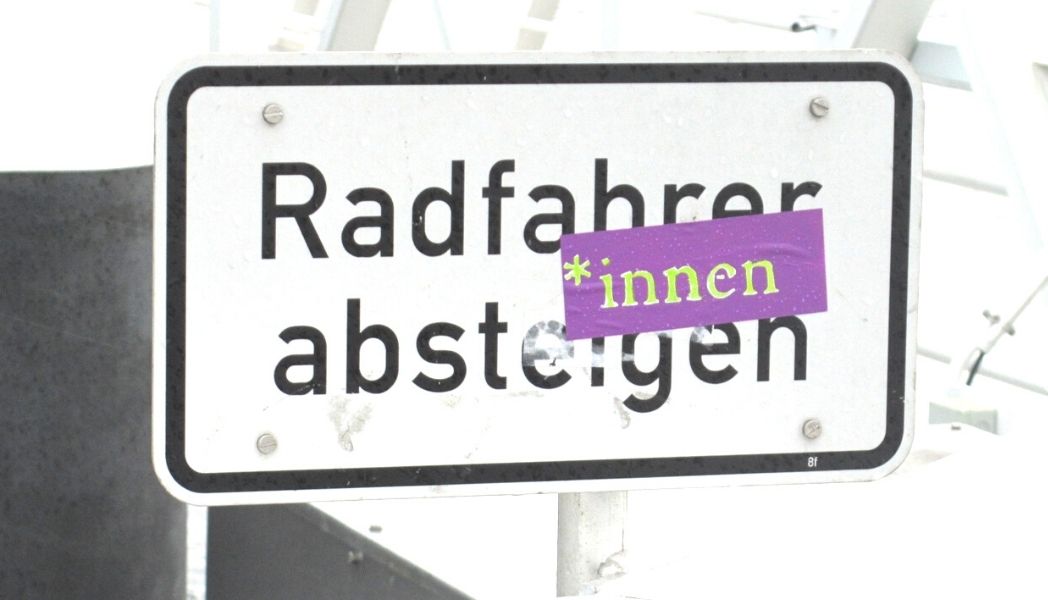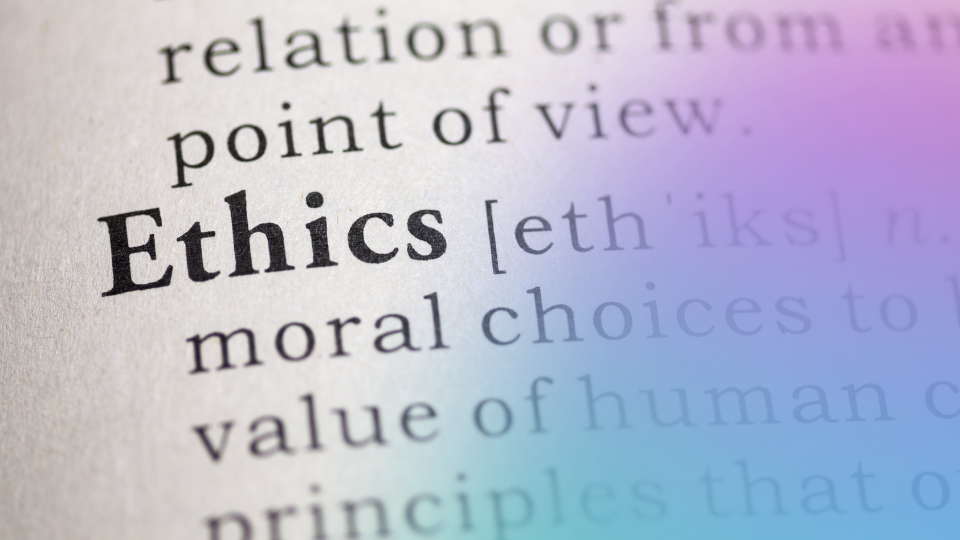The core vision of Witty is to help people write inclusively, which is especially tricky in gendered languages like German, making gender-neutral writing near impossible. But next to helping writers identify the bias in their language, we also want to help people find a consistent alternative way of writing.
Witty and the Genderstar
The first gendered language we are supporting is
German. The root issue is that German has the
concept of a “generic masculine”, which basically
assumes that using the masculine version is
sufficient and includes everyone.
However, countless
studies
have shown this to simply not be true and so people
writing in German are looking for solutions. While
there is not yet an official standard for how to
write gender inclusive, there are many approaches
that organizations have adopted with some level of
consistency. Witty makes it possible to configure
the favored approach and then provides consistent
alternatives.
Here is a short overview of
the supported formats (if we are missing something,
please do let us know by
submitting your idea):
Three of the older approaches are using
“In”, “/in” and “/-in”. These approaches make it
possible to additionally mention the female version
and not just the masculine version concisely.
However, this approach is still very
much based in a binary view of gender and therefore
today the so called “Genderstar” has become popular
along with the “:” (ie. colon). Both are actually
predated by the “_” (ie. underscore). All three
intend to replace the “/” with a character that
should communicate that the gender spectrum is much
broader and not just binary.
Possible gender forms in German:
| Addressing male and female | “Double-mentioning”, “In”, “/in” and “/-in” |
|
Example |
Kundin/Kunde, KundIn, Kund/in, Kund/-in |
| Addressing all genders | *in, :in, _in. The character symbolizes people that do not identify with the binary normative |
|
Example |
Kund*in, Kund:in, Kund_in |
It should be noted that all mentioned options come
with problems of their own. Mental images form
immediately while reading. So reading for example
“Manager*in”, the mental image of “Manager” (ie. the
male version) might have already subconsciously
deterred readers, that do not identify as male. As
the Genderstar and similar options become more
prevalent, readers are however becoming more used to
noticing the Genderstar before the mental image has
formed. To address this, we also offer the albeit
less concise option of mentioning the female version
followed by a slash and the male version (.ie
Managerin/Manager) but here the non-binary
representation is missing.
Another issue
related to readers using screen readers. Depending
on the exact screen reader and configuration, one or
the other approach can cause issues with fluent
reading. Similarly, people with reading disabilities
or learning German as a second language may also
struggle.
There are efforts underway for
a more ambitious evolution of German to give a
proper gender-neutral option, but these are of
course yet more challenging and as a result take
even longer to realize.
At the end of the day, it is important to be
conscious of the benefits and drawbacks of each
approach, realizing that there is not an ideal
solution today.
Now at the start of the article, I
mentioned Witty helps with writing consistently.
Writing consistently specifically helps both some of
the above issues by ensuring that readers do not
need to handle different approaches when consuming
your content. Of course, most languages have their
own inconsistencies to deal with. If we find the
word “Manager” in a text, we will offer the
following alternatives:
- Manager*in
- Manager:in
- Manager_in
- ManagerIn
- Manager/in
- Manager/-in
- Vorgesetzte*r
- Vorgesetzte:r
- Vorgesetzte_r
- VorgesetzteR
- Vorgesetzte/r
- Vorgesetzte/-r
- Rom*nja
- Rom:nja
- Rom_nja
- RomNja
- Rom/nja
- Rom/-nja
- Sinti*ze
- Sinti:ze
- Sinti_ze
- SintiZe
- Sint/iza
- Sint/-iza
Again, there is no official grammar for this, but we
have tried to collect examples on the internet to
build a consistent algorithm. One very great
resource here is the
German newspaper Taz
which has for a long time already implemented
gender-neutral writing and we applaud them for it!
But delivering a consistent writing style is not
so trivial as we found f.e. cases of “Sinti*zze- und Rom*nja”, “Rom:nja- und Sinti:ze” and “Sint:ezze und Rom:nja” on their
website. All of these variations are
gender-inclusive, which is great, but having a mix
of writing formats will make it needlessly hard to
consume the content for people with screen readers,
reading disabilities or learning German as a second
language.
I hope this article gave you a
good overview of the different options for writing
gender inclusive in German, along with the benefits
and drawbacks of each approach. While there is no
perfect solution yet in German, but this should not
deter you from exploring steps forward. As we look
to adding more languages, we will introduce similar
patterns for other languages.
Let us know which languages you want us to work on next!
Also, we are continuously expanding the number of
rules and alternatives. If you see something
missing, please
let us know.
If you are looking for a digital writing assistant for inclusive language, try out Witty for free. Witty detects non-inclusive language and provides ongoing training on unconscious bias and operationalizes inclusion.





